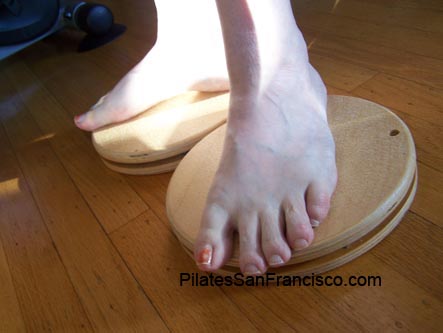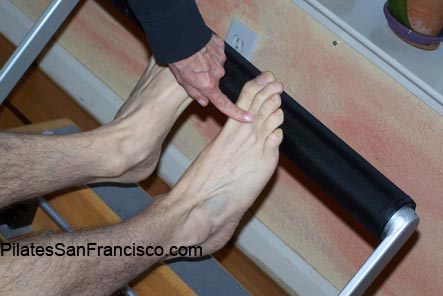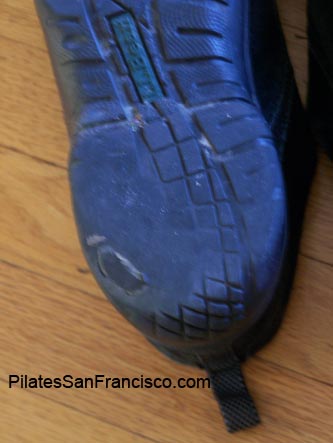PILATES SAN FRANCISCO
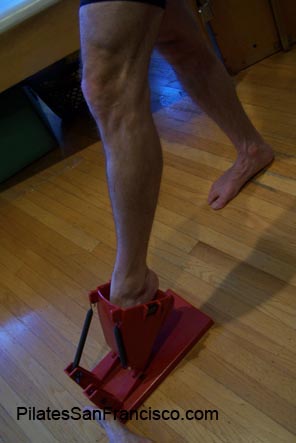
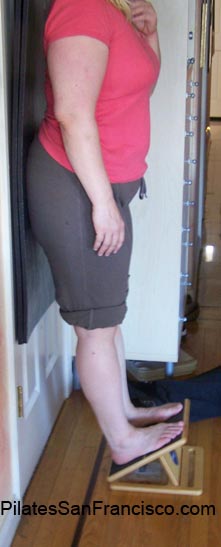
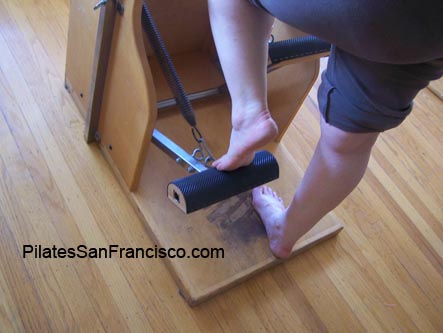
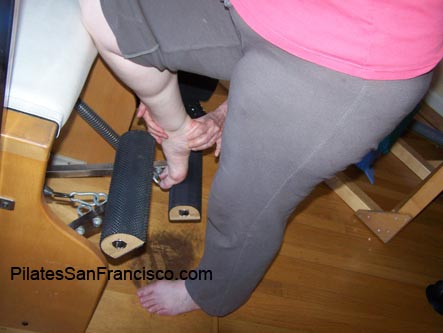
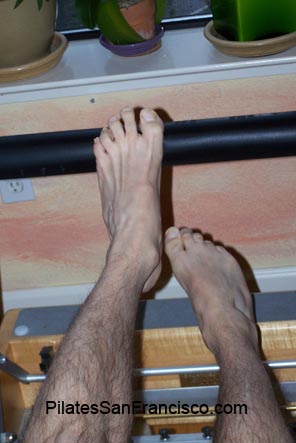
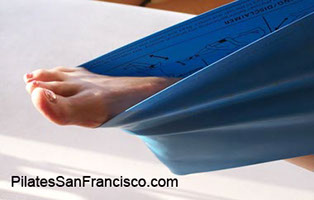
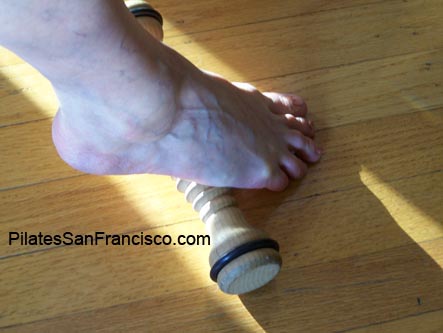
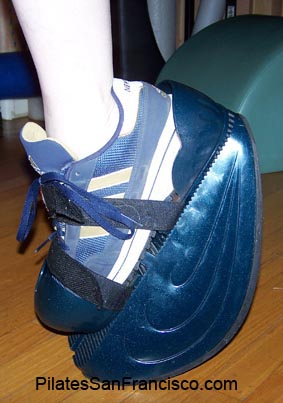
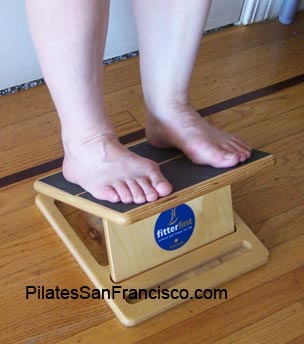
Since humans rely on their feet for mobility, proper function is essential to the enjoyment of everyday life. Yet a child learns to walk in an intuitive way and (with rare exceptions) is never "taught" exactly how to move. One of the greatest advances in injury protection occurred in the Harkness School for Ballet Arts in NYC in the 1960's when training shifted from mechanical rote imitation to a kinesthetic approach that stressed injury prevention by proper use of the biomechanics of the body. Joanna Kneeland worked with Harkness teachers and dancers to explore the actual ways the body performed movement through the use of slow motion film. Maria Vegh, David Howard and Ruth Petronovic synthesized a new method of teaching.
For the Pilates instructor: Clients will often approach you with a pre-existing injury to their feet - often after a visit to the doctor has failed to bring relief. You will need to evaluate their condition and the circumstances. Look at wear patterns on shoes, gait irregularities and compare the good side to the injured one. This will help you localize the problem.
Exercises may include use of foot rollers, slant board, reformer, rotation disc, combo chair, Theraband and specialized apparatus. Selection will be based on strengthening the specific area.
Preventive exercises should be a part of every workout. If a client is made aware of potential issues then it is possible for them to develop workarounds to avoid harmful activities in daily life.
